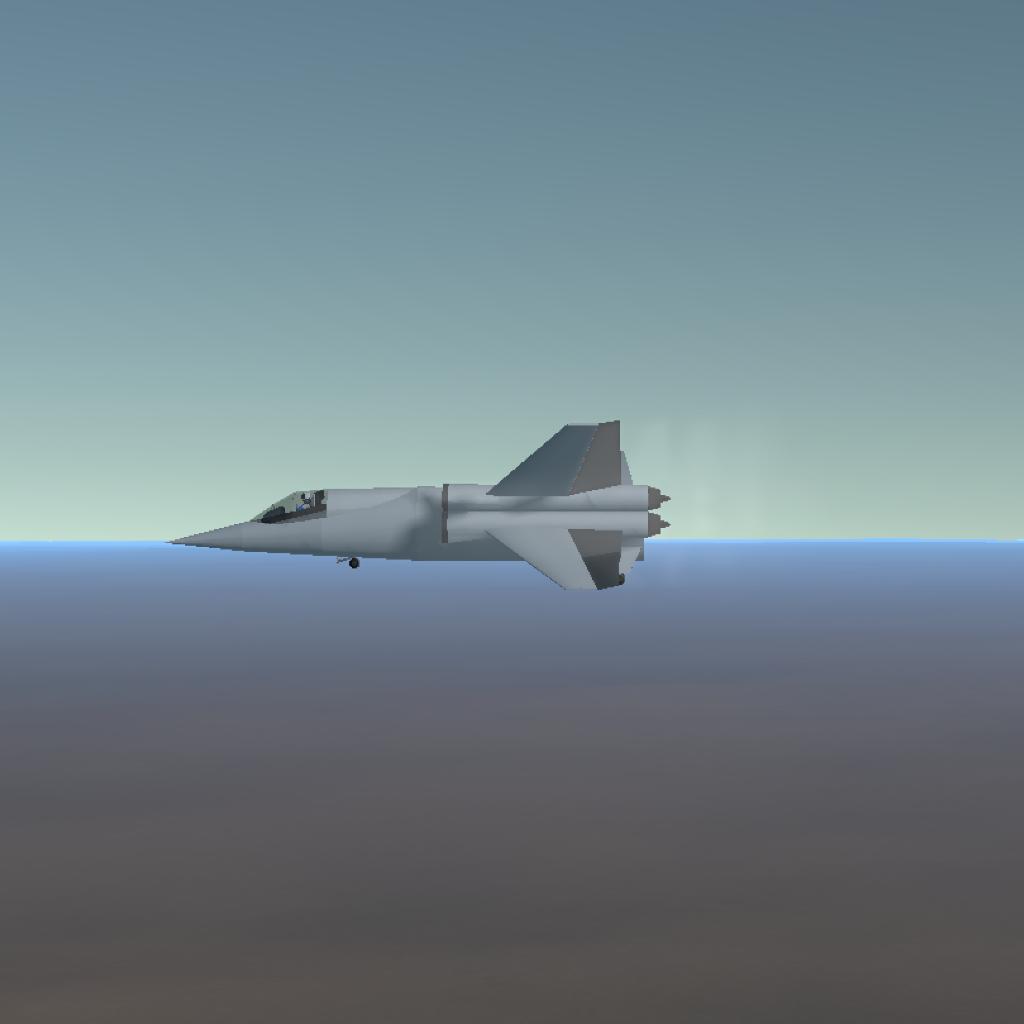Origins of the F-30: A Hurbanian Royal Air Force Marvel
Introduction:
The F-30, a state-of-the-art X-wing fighter, stands as a testament to the Hurbanian Royal Air Force's (H.R.A.F.) commitment to technological superiority and innovative design. This aircraft combines advanced aerodynamics, superior firepower, and remarkable efficiency, making it a formidable asset in aerial combat.
Design and Features:
Wing and Pylon Configuration:
- The F-30 features an X-wing design, characterized by its unique wing arrangement that enhances maneuverability and stability.
- Each wing houses four pylons, allowing for a total of eight pylons on the wings.
- An additional pylon is positioned under the fuselage, providing extra capacity for munitions or equipment, bringing the total to nine pylons.
Power and Propulsion:
- The aircraft is equipped with four non-afterburning engines, which are optimized for efficiency. These engines provide sufficient thrust while maintaining fuel economy, extending the operational range of the F-30.
- The focus on non-afterburning engines highlights the H.R.A.F.'s emphasis on sustainable and efficient design without compromising on performance.
Dorsal Fins:
- Four dorsal fins are integrated into the design of the F-30, contributing to its aerodynamic stability.
- These fins help manage airflow and enhance the fighter's control during high-speed maneuvers and complex flight operations.
Development and Purpose:
The F-30 was developed in response to evolving aerial threats and the need for a versatile fighter capable of performing a wide range of missions. The H.R.A.F. sought to create a platform that could excel in air superiority, ground attack, and reconnaissance roles. The inclusion of multiple pylons allows for diverse payload configurations, making the F-30 adaptable to various combat scenarios.
Technological Advancements:
The development of the F-30 involved numerous technological innovations:
- Advanced Avionics: Cutting-edge avionics systems provide superior situational awareness, navigation, and targeting capabilities.
- Composite Materials: The use of advanced composite materials reduces the aircraft's weight while maintaining structural integrity, contributing to its performance and fuel efficiency.
Operational Impact:
Since its introduction, the F-30 has significantly bolstered the H.R.A.F.'s operational capabilities. Its versatility allows it to engage in dogfights, provide close air support, and conduct precision strikes with equal efficacy. The aircraft's endurance and adaptability make it a valuable asset in both offensive and defensive operations.
Conclusion:
The F-30 is a pinnacle of modern aerospace engineering, reflecting the Hurbanian Royal Air Force's dedication to innovation and excellence. With its advanced features, efficient powerplant, and versatile payload options, the F-30 stands ready to dominate the skies and ensure the security of the Hurbanian realm.









